Top 5 National Parks in the Indian Himalayan Region
 Last Updated: 07 Mar, 2023 By Arun Joshi
Last Updated: 07 Mar, 2023 By Arun Joshi
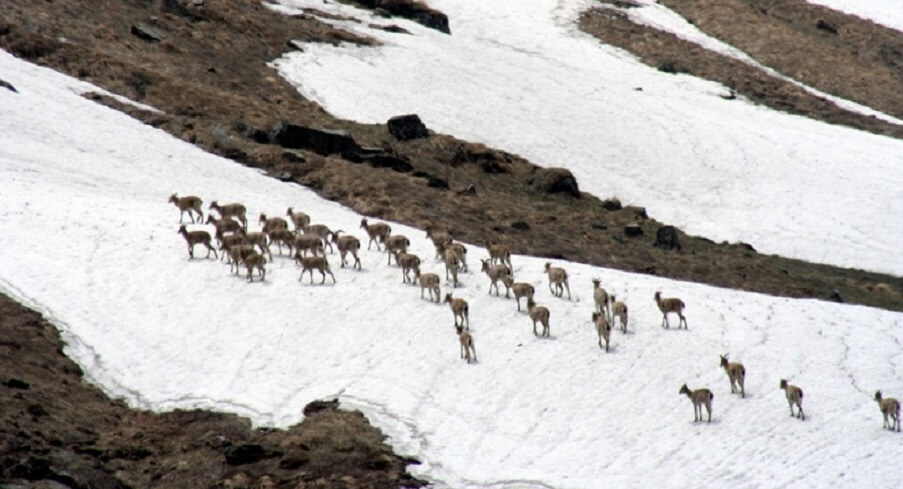
…our mOoD sWiNGs in its multi-layered climatic and altitudinal conditions.
One goes for a leisure holiday and ends up framing some adventurous moments. Actually, sometimes we just have to relate our travel plan in accordance with nature… how it treats us.
Say, a family goes for a quixotic holiday in Nainital and after couple of days of sightseeing and pony ride they backpack for a short hike into the wild. Ultimately that turns up to be a wild vacation on the colorful cage of nature. That was unplanned but quite a unique way to spend the holiday, RIGHT in the lap of the snowbound nature and camping in the midst of dense evergreen forest.
THERE GOES ANOTHER VISION of a honeymoon couple camping in Ladakh at the serene ambiance of the Pangong Lake… All of a sudden the newly married bride changes her mind, from steamy to stab… encountering a marmot at a distance that is making eye contact. The couple thus roll up their tent and backpacks for a wild honeymoon. Isn’t that crazy?
The Indian Himalayan region is just not a landlocked territory. Rather it secludes a vast ecosphere that stretches from the Indus Valley in Kashmir to valley of Noha-Dihing River in Arunachal Pradesh. The region is the stomping ground of several endangered animals, migratory birds, different types of insects and varied species of plant life. Confined within the hulking high peaks and in its hem, the Indian Himalayan region is proud to ramp up several national parks… being a haven to the Himalayan wildlife. Below is a list of the top 5 national parks in the Indian Himalayan region that may turn your leisure vacation into an adventurous one. Who Knows! When we are in the mountains our mind swings in its multi-layered climatic and altitudinal conditions.
Recommended Tours
The Hemis National Park
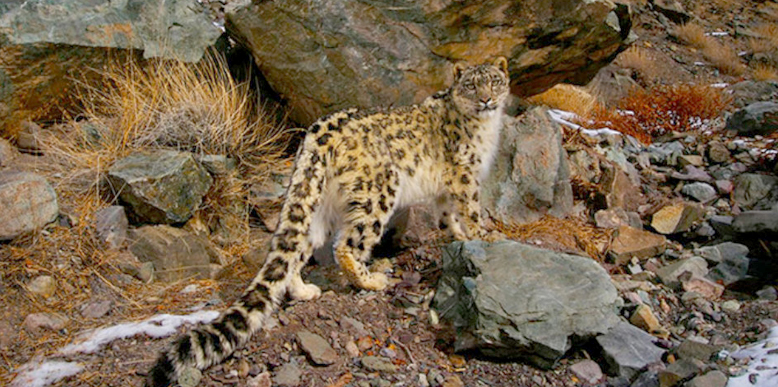
Located at an elevation ranging from 3,000 meters to 6,000 meters, the Hemis National Park is the largest national park in India and one of the high altitude national parks in Ladakh region in the state of Jammu and Kashmir. It covers an area of approximately 4,400 sq. kilometers and houses several endangered species including the snow leopard. It is also a home to the Great Tibetan Sheep, Blue Sheep, Ladakhi Urial, Tibetan Wolf, Eurasian Brown Bear, Red Fox, Marmot and more and birds like Golden Eagle, Lammergeier Vulture, Himalayan Griffon Vulture, Brown Accentor, Robin Accentor, Tickell’s Leaf Warbler, Streaked Rosefinch, Tibetan Snowfinch, Chukar,Fork-tailed Swift, Red-billed Chough, Himalayan Snowcock, and the Fire-fronted Serin. Though the best time to visit the Hemis National Park is from June to October, BUT to sight snow leopards… late winter, when the temperature shrinks to below zero, is the best time. The Snow Leopard Trek, which is one of the more popular winter treks in the Indian Himalayan region, takes you deep into the Hemis National Park.
Also Read
The Great Himalayan National Park
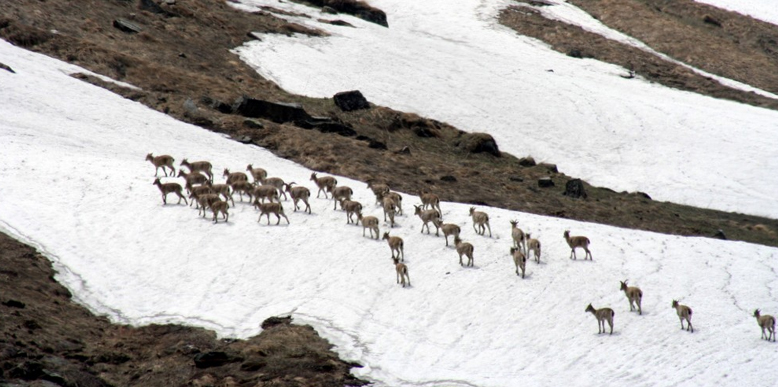
One of the newly built national parks in India, the Great Himalayan National Park covers an area of approximately 1,171 sq. kilometers that stretches from the Kullu valley floor at 1,500 meters to a mighty elevation of 6000 meters in the state of Himachal Pradesh. In the midst of lush coniferous forests, emerald meadows strewn with exotic flora, soaring snowy peaks and pristine glaciers the Great Himalayan National Park is a home to a several species of wild mountain goats like the bharal, goral and serow, the brown bear and predators like the leopard and the elusive snow leopard. Further, it also houses more than 200 species of birds and other faunal species including insects, amphibians, annelids and mollusks.
Also Read
The Valley of Flowers National Park
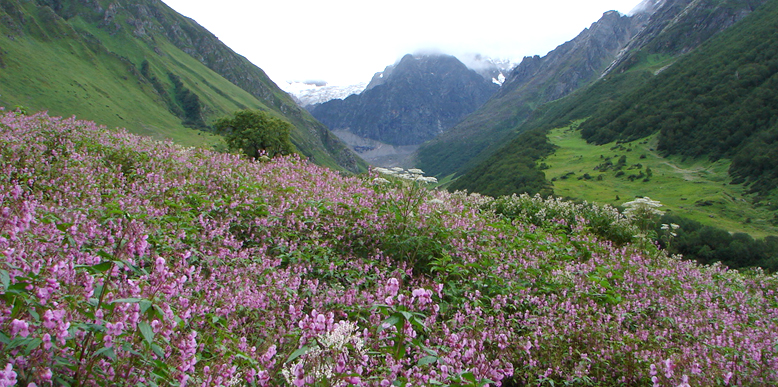
One of the UNESCO World Heritage Sites in India, the Valley of Flowers National Park, which is a part of the Nanda Devi Biosphere Reserve, is located in Garhwal Himalaya in Uttarakhand and it ranges from an approximate elevation of 3,500 meters to the highest point being Gauri Parbat at 6719 meters. The Valley of Flowers National Park is popular for its rich alpine flowers and is also a home to a large number of floral and faunal communities. In the midst of a rich verdure, which is dotted with more than 500 species of flowering plants and many medicinal plants, one can even spot animals like Grey Langurs, Flying Squirrel, Himalayan Black Bear, Red Fox, Himalayan weasel, Himalayan yellow-throated marten, Himalayan goral, Himalayan musk deer, Indian chevrotain, Himalayan thar and snow leopard. The popular Valley of Flowers and Hemkund Sahib Trek during the months of June and October… maneuvers one to the Valley of Flowers National Park.
The Khangchendzonga National Park
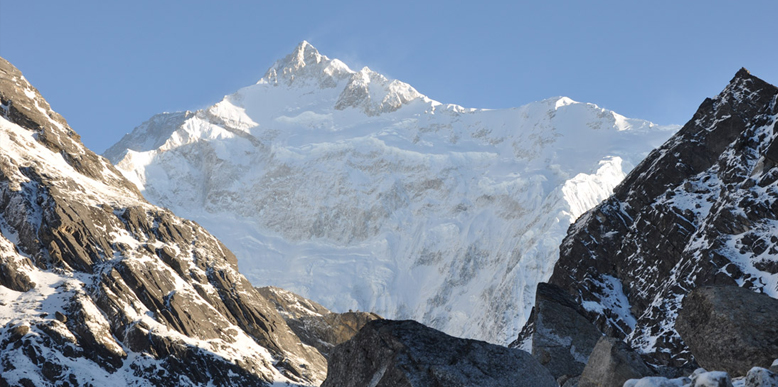
Amongst the national parks in the Indian Himalayan region, the Khangchendzonga National Park, in the state of Sikkim, is considered as one of the most rich and beautiful… having a rich verdure, which is dotted with a mixed bed of oak, fir, birch, maple, willow etc. and many medicinal plants, shrubs and herbs. Further, being one of the eco-tourist destinations in India, the national park is also popular for avifauna and several species of mammals, reptiles and insects. Some of the common species of birds include the Blood Pheasant, Satyr Tragopan, Osprey, Himalayan Griffon, Lammergeier,Tragopan Pheasant, Green Pigeon, Tibetan Snowcock, Snow Pigeon, Impeyan Pheasant, Asian Emerald Cuckoo, Sunbird & Eagle. It is a home to animals like musk deer, snow leopard, Himalayan Tahr, wild dog, sloth bear, civet, Himalayan black bear,red panda, Tibetan wild ass, Himalayan blue sheep, serow, goral and takin. The Khangchendzonga National Park ranges from an elevation of 1,800 meters to an altitude of 8,550 meters and covers an area of approximately 850 sq. kilometers. The popular Dzongri Goecha La Trek takes one off the ramp deep into the Khangchendzonga National Park.
The Namdapha National Park
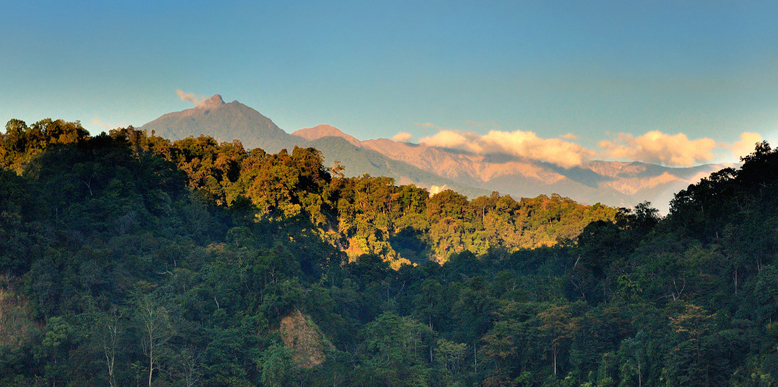
One of the top national parks in the Indian Himalayan region, which is away from the sight of common tourists, the Namdapha National Park in Arunachal Pradesh is a home to four of the great cats – the tiger, leopard, snow leopard and clouded leopard. It stretches from the valley floor at 220 meters to the snow-cloaked peaks at 4,500 meters and covers an area of approximately 1,985 sq. kilometers. The Namdapha National Park is considered as one of the richest areas in biodiversity in India, which is having approximately 177 sq. kilometers of buffer zone and 1808 sq. kilometers of core. It houses more than 2000 species of plants and is also a haven to several species of mammals, reptiles and birds.
 Published: 28 Jan, 2014By Arun Joshi
Published: 28 Jan, 2014By Arun Joshi
Popular Post
Category by Destinations
Recent Post
Enquiry Form
Get Customized Travel Quotes from Peak Adventure



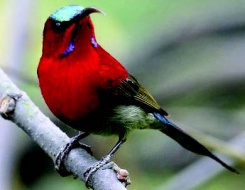
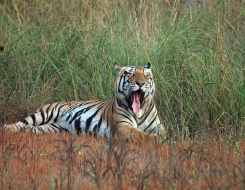

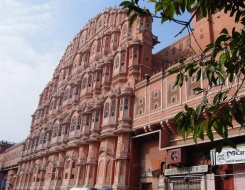
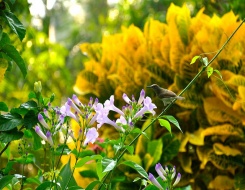
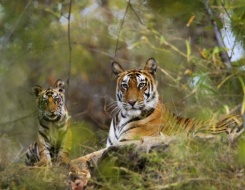
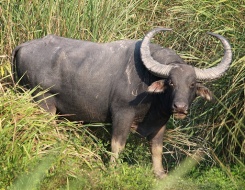
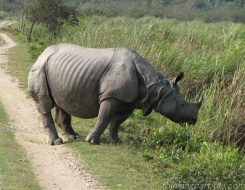
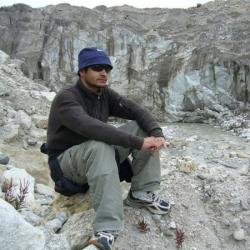
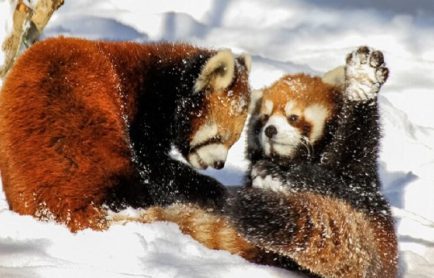
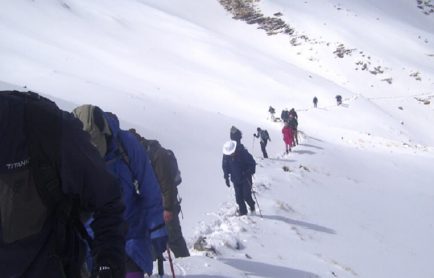
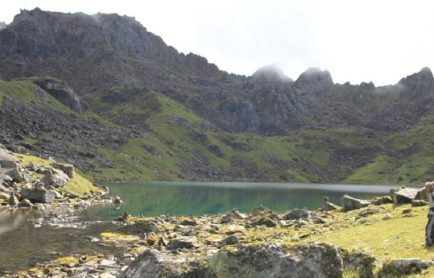
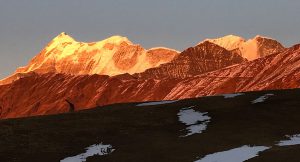
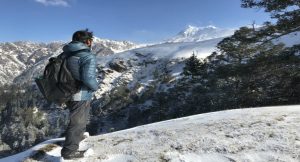
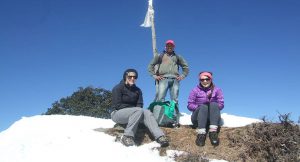
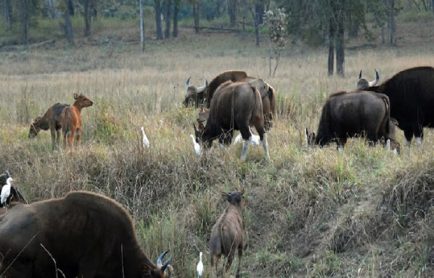
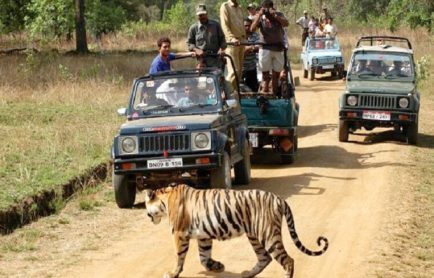
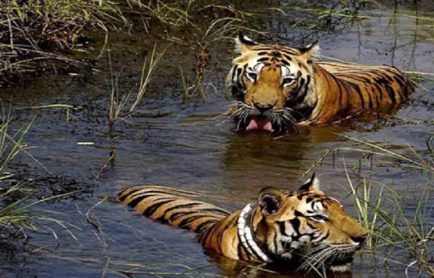

 +919212553108
+919212553108 +919212553108
+919212553108 +919212553106
+919212553106